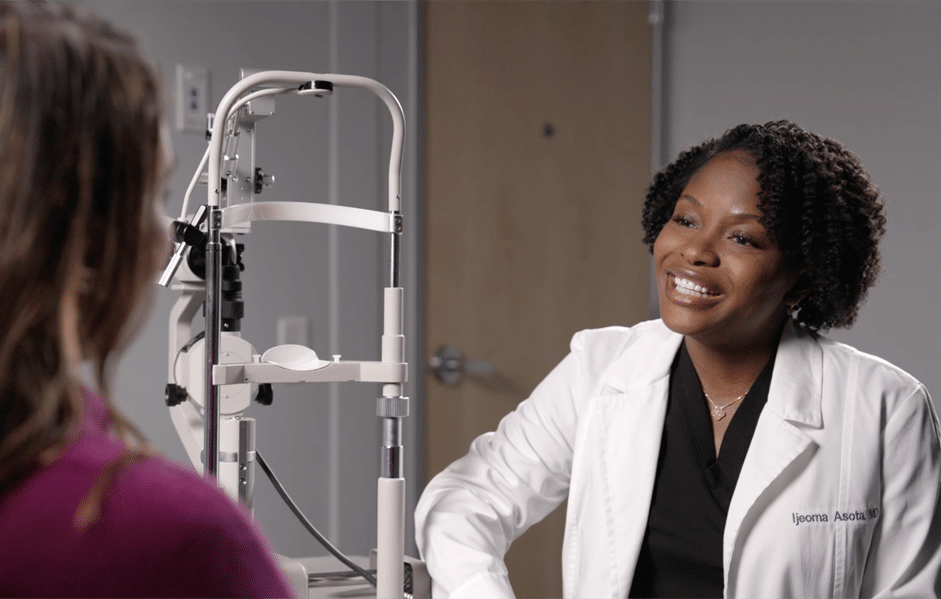LASIK
Eye Surgery
Every eye is unique, but LASIK surgery’s life‑changing impact is universal: a world seen in brilliant focus.
What is LASIK?
LASIK is a vision correction procedure designed to help people see clearly without needing glasses or contacts. It reshapes how light enters the eye so things come into focus naturally. Instead of relying on glasses or contacts to correct blurry vision, LASIK adjusts the eye to do the job. Think of it like tuning a camera lens—everything becomes sharper and clearer when it’s just right.
At Barnet Dulaney Perkins, we believe people deserve to move through life unrestricted. That’s why we guide our patients through this journey with experience, care, and total confidence—choosing LASIK isn’t just about better vision. It’s about reclaiming your mornings, simplifying your routines, and doing more of what you love without limitations. We’re here to help you take that step forward—toward clearer sight, but toward the life you’ve been picturing all along.
The LASIK Procedure
LASIK is an outpatient surgery that involves using an excimer laser to reshape the cornea to correct a patient’s vision error. This reduces, and sometimes eliminates, the need for glasses and contact lenses. The procedure usually takes about 10 to 15 minutes to perform by an ophthalmologist (surgeon).
Before the procedure, topical anesthetic drops are used to numb the eyes to prevent any discomfort. Medication may also be approved to help the patient relax. After the drops are used, a lid speculum is used to keep the eyes from closing and a femtosecond laser creates a thin flap over the cornea. Some corneal tissue is removed using a specialized excimer laser. The LASIK process helps light focus on the retina, which improves vision.
Each LASIK procedure is customized to meet the vision goals of each patient. The type of LASIK surgery will differ slightly for those with different vision challenges.
Once the cornea is reshaped, the flap is replaced over the tissue that was removed. The cornea will then heal naturally.
Take the LASIK Candidacy Quiz
If you’re at least 18, in good overall health, and have common vision issues like nearsightedness, farsightedness, or astigmatism LASIK may be a great option for you. LASIK isn’t the only path to clear vision. If it turns out you’re not a LASIK candidate—due to high prescriptions, certain eye conditions, or health issues like uncontrolled diabetes or autoimmune disease—don’t worry. There are safe, effective alternatives like PRK, ICL, or RLE that may be a better fit for your eyes and your lifestyle.
The best way to find out? Take our quick online LASIK quiz. We’ll help you explore every option and guide you toward the freedom and clarity you deserve—LASIK or not.
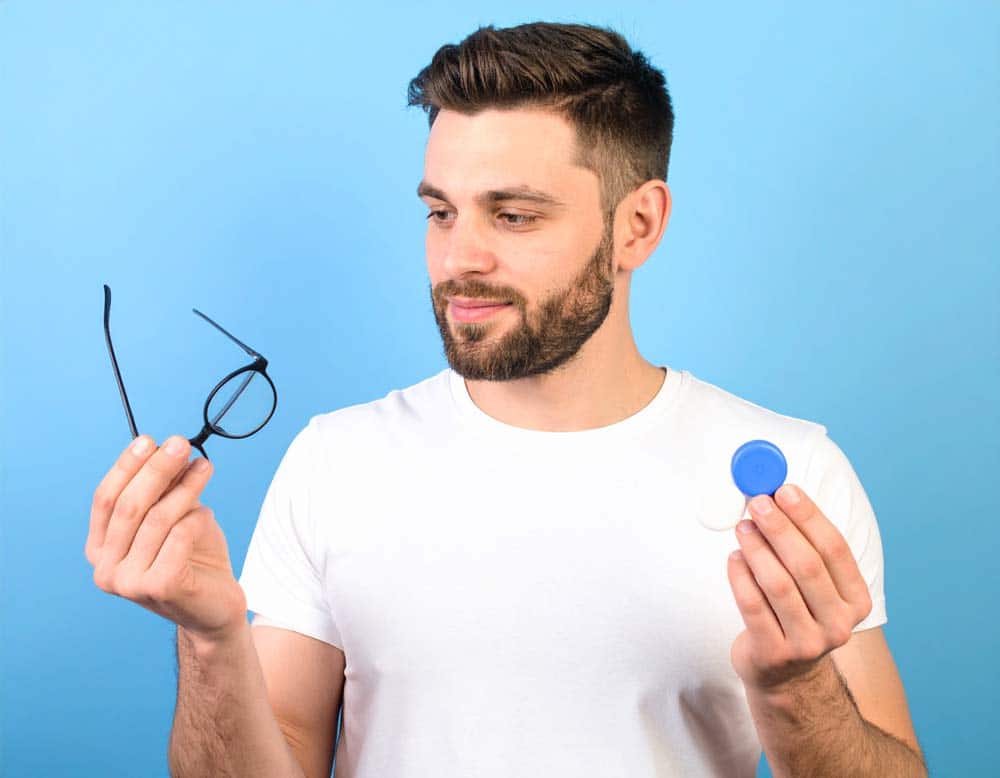

What Conditions Does LASIK Treat?
We guide people through their LASIK journey every day, helping them break free from the distractions and limitations of vision problems like:
- Nearsightedness (Myopia) – When things far away look blurry, it can feel like your world is closing in. LASIK reshapes how light enters your eye so distance feels open again.
- Farsightedness (Hyperopia) – Reading, close work, or just seeing up close becomes a strain when your eye struggles to focus nearby. LASIK can help bring the details of your life back into focus.
- Astigmatism – Blurry or distorted vision from all distances makes everyday tasks more difficult. LASIK smooths how your eye processes light so your vision feels more natural and reliable.
- Presbyopia – As we age, the lens in our eye naturally becomes less flexible, making it harder to focus up close. While LASIK doesn’t reverse this change, a technique called monovision LASIK can help—tuning one eye for distance and the other for near vision to keep life in focus.

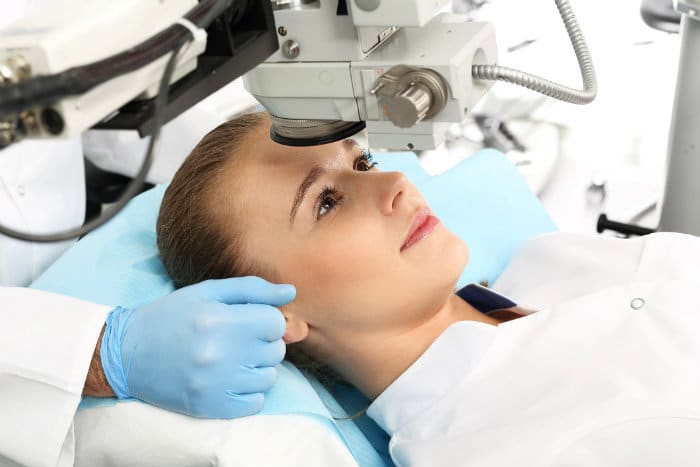
How Long Does LASIK Last?
The clarity you get from LASIK happens fast—most people notice sharper vision just hours after the procedure. Within a day or two, you’re back to normal life with a new view.
And for most, that clarity lasts for decades. LASIK permanently corrects the vision prescription you have at the time of treatment. But like anything with the body, changes can happen over time—especially due to age-related conditions like presbyopia or cataracts. These don’t mean LASIK has “worn off,” but they may shift how your eyes see the world.
In rare cases, a LASIK enhancement may be recommended—usually 10+ years later—to fine-tune your results. But for the vast majority, LASIK is a one-time step toward lasting freedom from glasses and contacts.
As always, we’re here to help you navigate what’s next, which is why we offer a Vision For Life program.
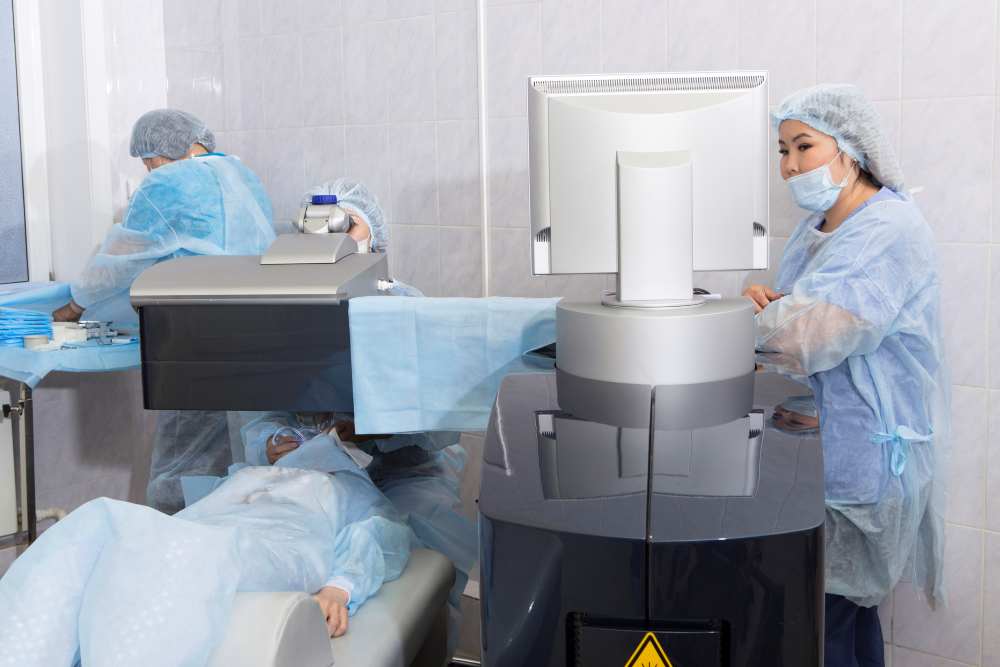
Advanced LASIK Technology
In the LASIK procedure, surgeons use highly specialized lasers called excimer lasers to reshape the cornea and correct refractive errors.
Femtosecond Lasers, the pinnacle of laser technology development, are used at Barnet Dulaney Perkins Eye Centers to create the initial flap. These lasers create the flap to extremely precise dimensions, helping it conform to your eye’s unique anatomy and ensuring the flap fits back in place securely.
Wavefront guided lasers are used in LASIK to allow surgeons to map defects in the optical system of the eye. These devices show how light travels through the eye and help to produce a custom LASIK treatment plan for each patient.
A German-engineered Wavelight Allegretto Wave Eye-Q laser is then used to fix each eye’s visual imperfections. It is highly specialized and capable of preserving the natural curvature of the cornea, which prevents unwanted side effects, including poor night vision or halos.
Whatever Your Vision Needs—We Got You!
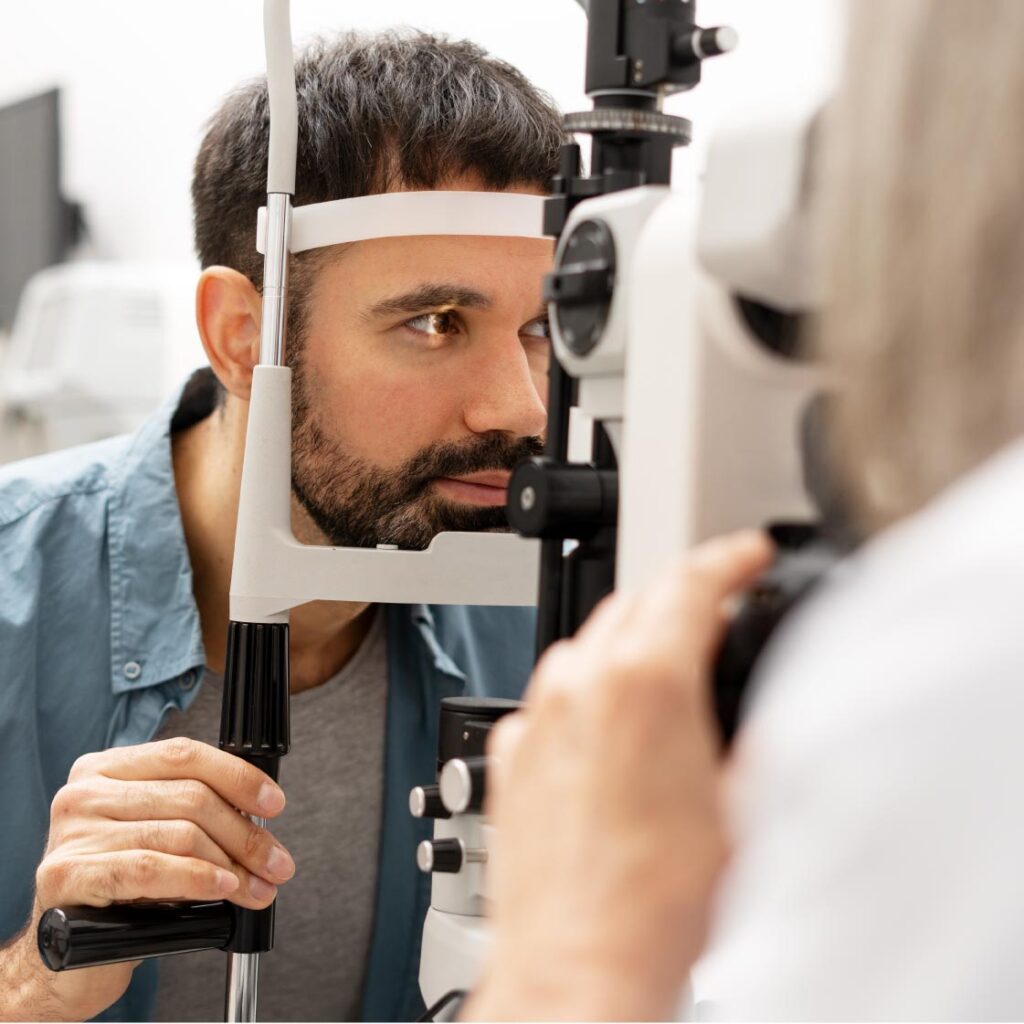
LASIK Recovery
Following a LASIK procedure, your eyes may feel a bit irritated or may be watery for a few hours. It is normal to have blurry vision following the surgery, which typically improves within a day or two. The majority of patients feel comfortable after taking a short nap with protective eye shields to keep from rubbing their eyes.
Most patients will notice their vision improving significantly within a few days of having a LASIK procedure. It is a good idea to get plenty of rest and follow your doctor’s instructions about any medications prescribed. Refrain from rubbing your eyes or participating in vigorous physical activity for at least a week. Some doctors recommend taking a day or two off from work, but many people are able to return to work the next day.
A follow-up appointment is typically scheduled within 24 to 48 hours after your surgery to check your healing progress and ensure your vision is stabilizing properly. Additional follow-ups may be scheduled over the next several weeks to monitor long-term results and address any concerns.
If you experience unusual discomfort, a sudden decrease in vision, or signs of infection (such as redness, discharge, or increasing pain), contact your LASIK eye doctor immediately.








